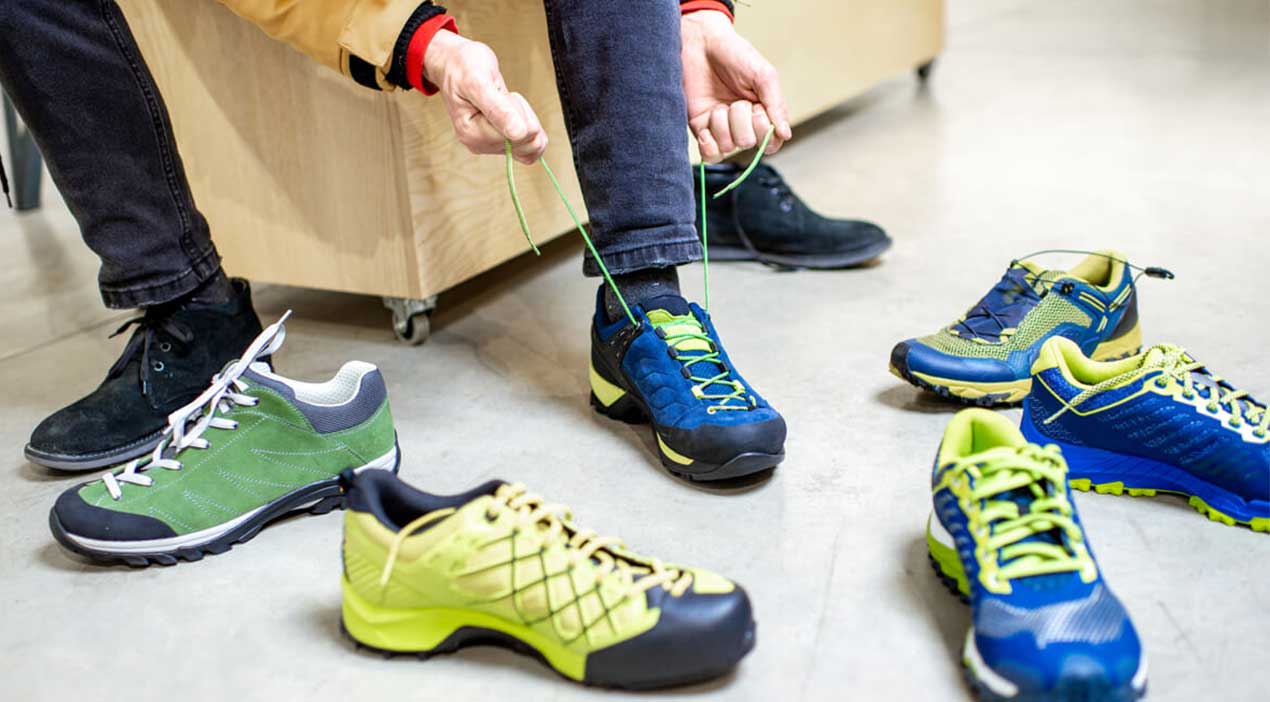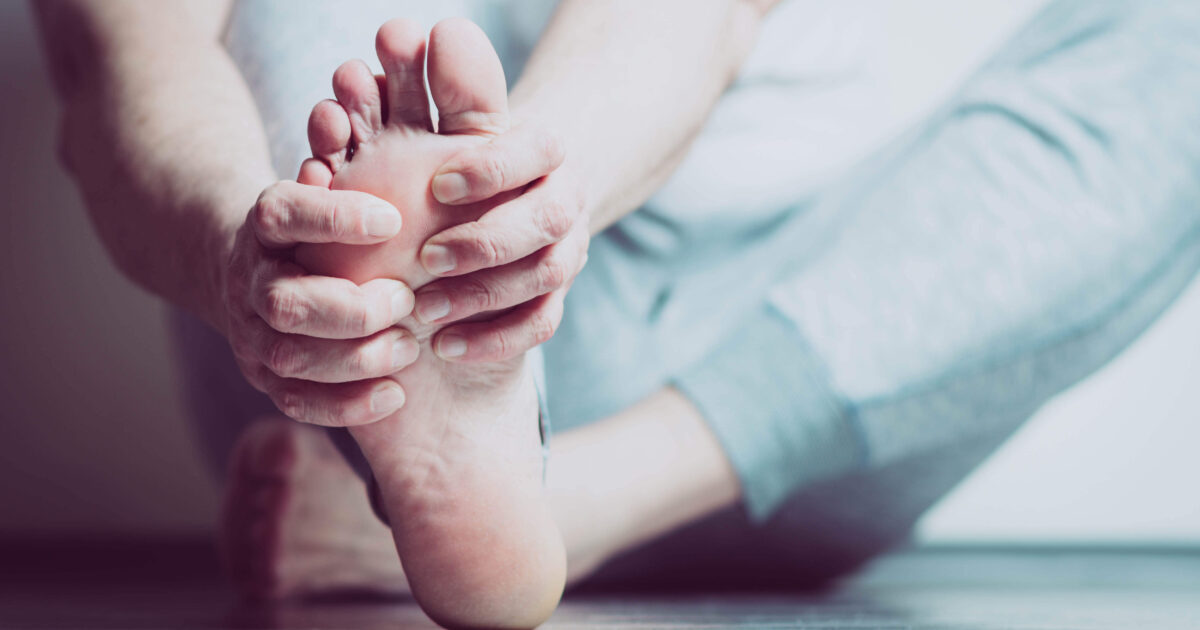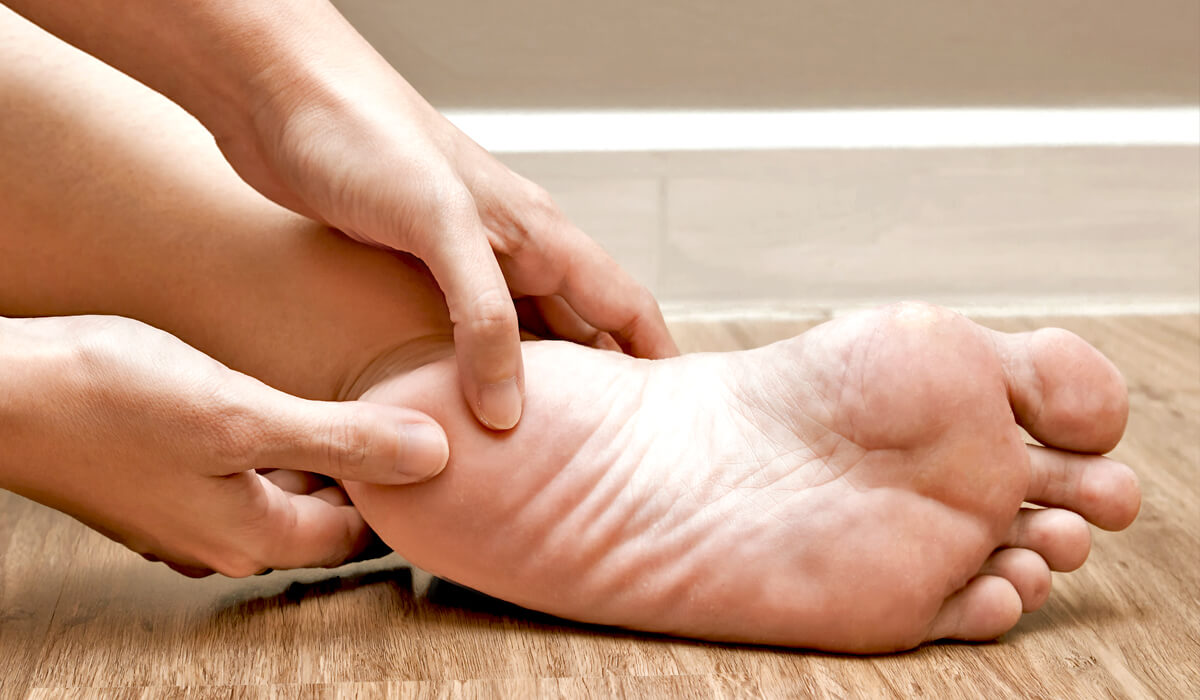Protecting your feet is vital to living an active lifestyle. When participating in sports or other activities, choosing athletic shoes that are a good fit for the activity you’re doing is essential. Wearing improper footwear can cause discomfort or even injury.
Athletic shoes are designed with specific activities in mind.
This article discusses the different types of shoes that are most appropriate for various sports and activities and what to know and how to prepare when choosing athletic shoes.

Types of athletic shoes
There are athletic shoes designed for just about any sport or activity you can think of. (Imagine how many different types of shoes you would find at the Olympics!)
Here, we’ll touch on a few of the most popular sports and what to look for when choosing athletic shoes for these activities.
Walking shoes
Even though walking is a lower-impact activity, it’s still important to wear proper shoes to ensure the health and comfort of your feet, especially if you’re walking regularly or for long distances.
Walking shoes provide good arch stability, shock absorption, and smooth treads. If you have arthritis or arch pain, consider a rocker sole that provides a natural roll of the foot when you’re walking.
Learn about other good exercises for your heart
Running shoes
There are several different subcategories to consider when choosing athletic shoes for running. Running shoes are typically grouped into three categories:
- Cushioned shoes. These shoes are made for runners with high-arched, rigid feet, also known as supinators. The midsole of a cushioned running shoe will generally have a single color of soft foam material, ethylene-vinyl acetate (EVA), in the arch and heel.
- Stability shoes. These shoes provide light to moderate stability for individuals with an arch that may collapse. This type of runner, classified as a pronator (or flat-footed), needs a shoe that helps them maintain their arch while running. Stability shoes include layers of polyurethane material in the arch, and sometimes the heel, to support the pronated foot type.
- Motion-control shoes. These shoes are designed for runners who are severe pronators or have a heavier bodyweight. They may include an extra stabilizer on the inside edge of the heel counter to provide maximum support and control. The outer sole of the running shoe will be made of carbon rubber or blown rubber, which is made with injected air.
The first step in choosing athletic shoes made especially for your unique feet and gait is to have a professional evaluate your foot. Wearing proper shoes will help prevent some running injuries.
Discover how common running injuries are treated
Cross trainers
A cross-training shoe is designed to be worn for multiple activities. Cross trainers are made up of a combination of mesh materials and strips of leather.
When choosing athletic shoes that you can wear safely for different activities, cross-trainers might be a good option. However, this type of shoe is not appropriate for someone who does one type of activity heavily—like running more than four or five miles each day—or, for sports that require particular kinds of shoes, like soccer or cycling.
Hiking shoes & trail shoes
A hiking shoe provides more stability for walking on uneven surfaces and provides more comfort and cushion in the insole for better shock absorption. They will have good tread and a higher upper to provide better ankle stability.
If you’re someone who would rather run than walk on the trail, trail-running shoes are the right option. These shoes are designed specifically for off-road runners, with a deeper tread pattern for better traction and more stability than a normal running shoe.
Basketball shoes & tennis shoes
If you play a court sport, like basketball or tennis, court shoes provide great stability. They’re typically made of soft leather and have a solid tread. Depending on your sport, there are options for both low-cut (below the ankle) or high-cut (above the ankle).
Low-cut court shoes are good for sports like tennis. High-cut shoes are designed for sports like basketball and provide increased ankle stability to athletes when jumping and landing.
Cleats
Shoes with cleats or spikes have multiple protrusions on the bottom surface, made of steel or hard plastic. They provide additional traction on grass or turf.
These are essential when choosing athletic shoes for sports like soccer, lacrosse, football, or baseball.
Cycling shoes
Many indoor and outdoor bikes require a special kind of shoe that clips into its pedals. Cycling shoes fit snuggly, with some cushion under the ball of the foot to reduce compression while you repetitively push down on the bike pedals.
Shopping tips when choosing athletic shoes
To find the right style and fit when choosing athletic shoes, visit a specialty sporting goods store where a professional can help you. If possible, find a store that caters to the specific sport or activity in which you participate.
When choosing athletic shoes:
- Try on shoes at the end of the day or after a workout, as your feet can swell.
- Wear the same type of socks that you typically wear when you’re participating in your sport.
- Tighten the laces, so your feet are secure in the shoe.
- Make sure the back of the shoe adequately grips your heel to ensure stability.
- Ensure there is at least ½-inch space between your longest toe and the front tip of your shoes.
- Make sure the front area of the shoe (the toe box) provides enough room to wiggle your toes.
- Walk around the store on different surfaces to ensure the shoes feel comfortable.
Personalized foot care
Logansport Memorial Hospital’s podiatry care team provides services for a wide range of conditions. We have the training and expertise you need to keep your feet healthy and feeling their best.
You might also like:
- Common Running Injuries and How to Treat Them
- Which Exercises Keep Your Joints Healthy?
- The Two Essential Steps for Exercising the Right Way




